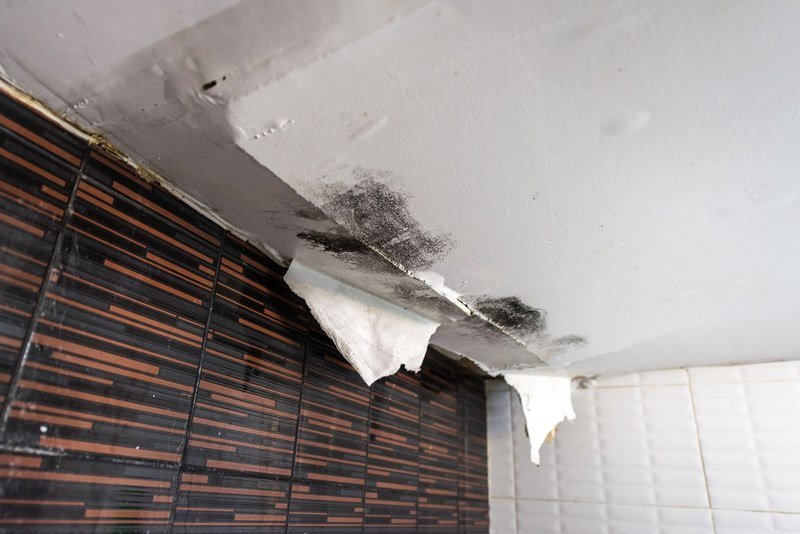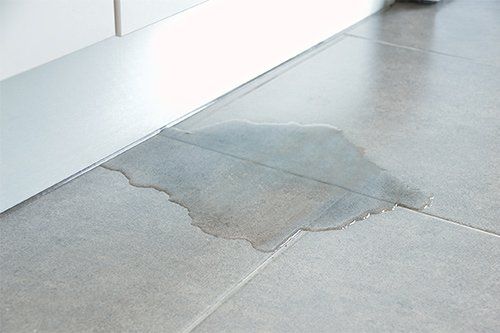We've discovered this article pertaining to How to detect water leaks in your home below on the web and felt it made perfect sense to share it with you over here.

Leakages not just create waste of water yet can additionally trigger unnecessary damage to your home and advertise undesirable organic growth. However, water leakages may go unnoticed given that a lot of the pipework in our house is hidden. By understanding and looking for daily circumstances that create leakages, you can secure your house from future leaks as well as unnecessary damages. Today, we will consider six leakage causes that might be creating your pipelines to trickle.
Elbowing in origins
A lot of water leaks start outside the residence rather than inside it. You may discover damp spots or sinkholes in your yard, as well as that could imply that tree origins are attacking water lines causing water to leak out.
Rusty water supply
As time passes by, your plumbing system ages as well as deterioration such as rust might start gnawing the pipes. This might be the cause of discoloration or warping on your water pipes. This requires an examination with your plumber promptly. Think about changing the pipes considering that they are at a greater threat of deterioration than the newer models if our plumbing system is old.
Faulty Pipeline Joints
The point at which your pipelines attach is frequently the weakest web link in the waterline. Pipeline joints can weaken with time, resulting in water leaks. Regrettably, most of pipeline joints are not quickly noticeable. If you have noisy pipelines that make ticking or banging noises, specifically when the warm water is turned on, your pipe joints are probably under a lot of pressure. It is recommended to have your plumber examine your system yearly.
Instant temperature level modifications.
Extreme temperature level changes in our pipes can create them to broaden and get all of a sudden. This growth and also contraction might cause splits in the pipelines, especially if the temperature are below freezing. It would be best if you kept an eye on exactly how your plumbing works. The existence of the formerly discussed conditions frequently indicates a high threat.
Poor Water Connectors
Sometimes, a leak can be triggered by loose hoses and pipelines that provide your home appliances. More often than not, changing is what creates the loosened water Links. You might discover when it comes to a washing equipment, a hose might spring a leakage as a result of trembling throughout the spin cycle. In case of a water connections leakage, you may notice water running straight from the supply line or pools around your appliances.
Blocked Drains
Clogged drains might be aggravating and inconveniencing, yet they can occasionally end up triggering an overflow causing rupture pipelines. Maintain removing any type of products that might decrease your drains pipes that might block them to avoid such aggravations.
All the above are root causes of leaks yet not all water leaks result from plumbing leakages; some leakages might come from roof covering leaks. All leaks ought to be repaired immediately to stay clear of water damages.
Leaks not just cause waste of water yet can also create unnecessary damage to your home and advertise undesirable natural development. By comprehending and looking for daily situations that create leaks, you can shield your house from future leaks as well as unnecessary damage. Today, we will look at 6 leak triggers that may be creating your pipes to leak.
At times, a leakage can be created by loose hoses as well as pipes that provide your appliances. In case of a water connections leakage, you may notice water running directly from the supply line or pools around your appliances.
How To Check For Water Leak In Your Home
How To Check for Leaks
The average household's leaks can account for nearly 10,000 gallons of water wasted every year and ten percent of homes have leaks that waste 90 gallons or more per day. Common types of leaks found in the home are worn toilet flappers, dripping faucets, and other leaking valves. These types of leaks are often easy to fix, requiring only a few tools and hardware that can pay for themselves in water savings. Fixing easily corrected household water leaks can save homeowners about 10 percent on their water bills.
To check for leaks in your home, you first need to determine whether you're wasting water and then identify the source of the leak. Here are some tips for finding leaks:
Take a look at your water usage during a colder month, such as January or February. If a family of four exceeds 12,000 gallons per month, there are serious leaks.
Check your water meter before and after a two-hour period when no water is being used. If the meter changes at all, you probably have a leak.
Identify toilet leaks by placing a drop of food coloring in the toilet tank. If any color shows up in the bowl after 10 minutes, you have a leak. (Be sure to flush immediately after the experiment to avoid staining the tank.)
Examine faucet gaskets and pipe fittings for any water on the outside of the pipe to check for surface leaks.
Undetected water leaks can happen without the home or business owner even realizing. If you suspect a water leak, but not able to find the source. It is time to contact a professional water leak detection service, The Leak Doctor.
How To Find a Water Leak In Your Home
https://www.leakdoctor.com/blog/How-To-Check-For-Water-Leak-In-Your-Home_AE197.html

As a keen person who reads about How to detect water leaks in your home, I thought sharing that excerpt was important. Sharing is good. Helping others is fun. We thank you for reading our article about Common Water Leaks In House.
Quick service, just dial!